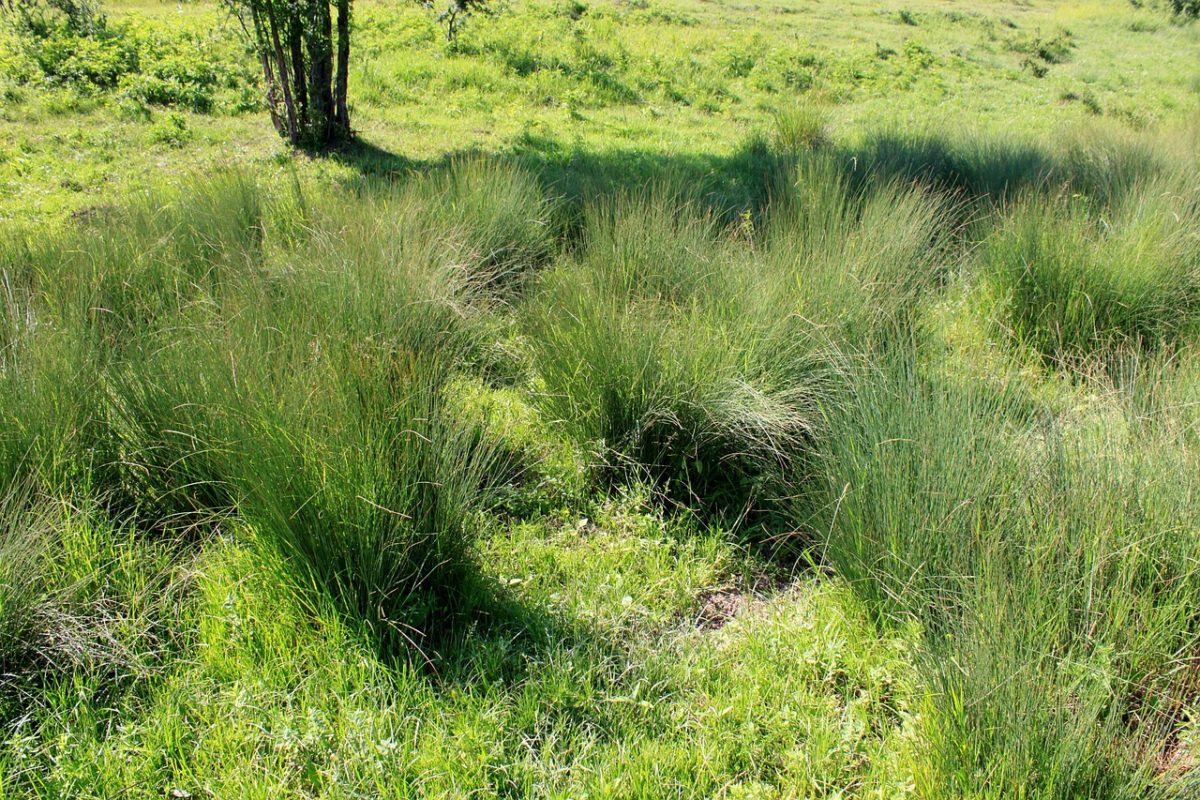

Scirpo plants are spontaneous aquatic plants and some species due to their elegant bearing, such as Scirpus cernuus, are cultivated as ornamental in gardens or in pots.

General characteristics Scirpus – Scirpo
The genre Scirpus includes about 200 species of perennial herbaceous plants belonging to the family of Cyperaceae, widespread in the rustic state in the humid and temperate areas of the Earth. They grow strong and luxuriant especially along the banks of waterways, at the edges of lakes and ponds.
They are very rustic and robust plants, provided with a robust rhizomatous, fleshy and creeping root, which can be buried in humid and swampy soils up to 50-60 centimeters deep.
Read also: Saururus – Saururus cernuus
They form thick highly decorative bushes formed by numerous filiform stems erect in the central part and or falling on themselves in the peripheral or lateral part. Generally the color of the stems of Scirpus plants are bright green.
The flowers are gathered in brownish spikes at the top of the stems and have no decorative value.
THE flowers, small and scarcely decorative, they are gathered in arched and branched spikes, dark brown in color. They appear on the tops of the stems.
THE fruits they are indehiscent achenes capsules that when ripe fall from the plant giving life to new plants for self-seeding.
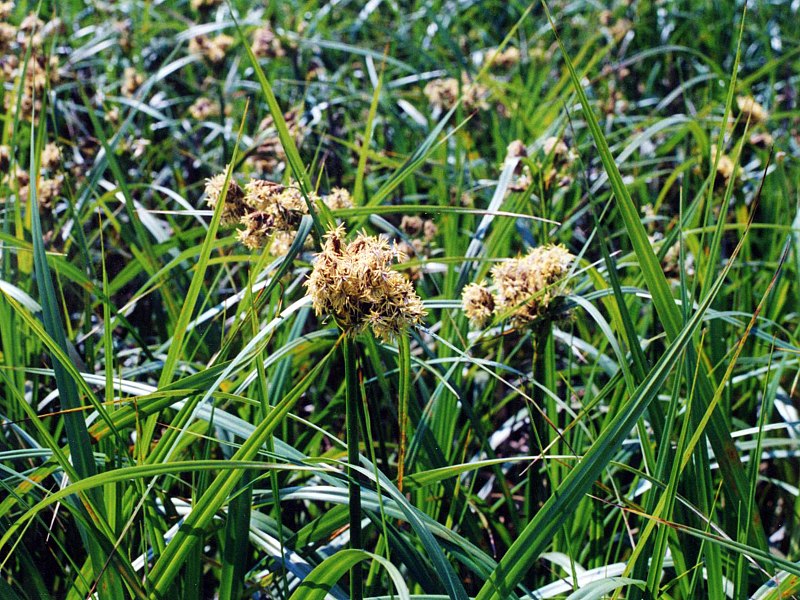
Flowering
Most Scirpus species bloom in the spring-summer period, from May to August.
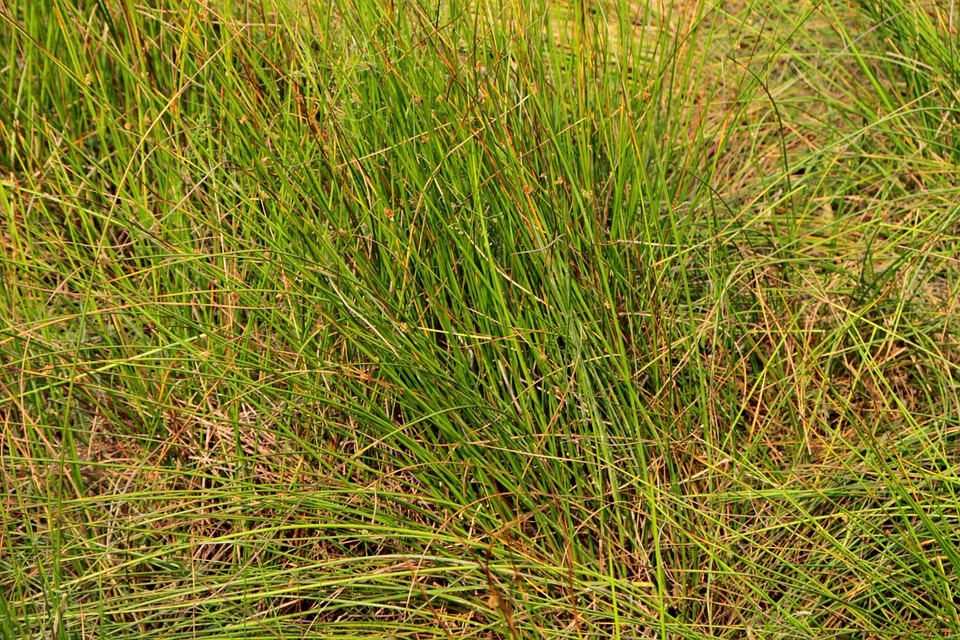
Cultivation Scirpus – Scirpo
Exposure
They are plants that love bright and sunny places for many hours. Planting in shady places slows down their growth and also causes non-flowering. Scirpus love mild temperatures. At temperatures below 7 ° C to prevent the plants from going into vegetative rest, they must be sheltered in a protected environment that is no lower than with a constant temperature of 14-16 °.
Ground
The different species of Scirpus develop well along the banks of streams or on the edges of small lakes and ponds. If grown in soil, they prefer rich soils with slightly acidic pH values.
You may be interested in: Feeding aquatic turtles: how to best breed them
Fertilization
Scirpus plants grown in pots or in the ground should be fertilized once a month as they are demanding of nutrients. The slow-release liquid or granular fertilizer, in addition to being balanced in nitrogen, potassium, and phosphorus, must also contain a good percentage of iron, copper, zinc, manganese, and molybdenum, useful microelements for an adequate and harmonious development of both root system of both the aerial part.

Scirpus: cultivation in pots
With adequate care and creating suitable environmental conditions Scirpus plants adapt without problems even to cultivation in pots. The pot must have a diameter of at least 12-15 centimeters and the loose soil, rich in organic matter. Watering must be abundant and frequent throughout the year, especially in summer and making sure that it is always humid and never dry.
Repotting
It is always done in spring when the roots and stems have occupied all the available space. The same pot can be used if the stems in the central part are eliminated, which often tend to dry out because they are too compressed.
Multiplication Scirpo
Scirpo plants reproduce by seed in spring but are propagated much more easily by agamic way through the division of the tufts.
Propagation by division of the tufts
It takes place between April-May, dividing healthy and developed plants into several parts.
The peripheral stems with well developed roots are taken and immediately planted. This reproduction technique is preferred to sowing as the Scirpo plants are already grown and ready for the production of flowers or rather inflorescences. You can practice it every year for
Planting or planting
The rhizomes are buried in April-May, barely covering them with soil, in water maximum 50 cm deep. A maximum of three plants are planted in pots, while in the open ground the plants must be placed at a distance of about 1 meter from each other.
Pruning
At the end of autumn, old and dry stems are cut at the base to facilitate the release of new ones and to ensure adequate space for their harmonious growth.
Scirpo parasites and diseases
In general, Scirpus plants are resistant to the attack of fungal diseases but sensitive to the attacks of aphids that form dense colonies on the inflorescences that dry early.
Care
Some species of Scirpus are also cultivated as houseplants and, in this case, for their well-being it is good to ensure a habitat as natural as possible, avoiding keeping them in places that are too hot and dry.

Variety or species of Scirpus
Scirpus cernuus
A very decorative species also grown as a houseplant. It comes with slender, bright green stems. In late spring-summer, it produces inflorescences composed of small flowers, carried on the tops of long stems. Scirpus cernuus is the species that is also suitable for planting in humid soils. It is very resistant and does not require special care.
Scirpus maritimus
It is a very common species that grows spontaneously at the mouths of rivers, where the water already has a modest salt concentration, reaches an average of 1-1.2 meters in height and has triangular-shaped stems of emerald green color. The inflorescences are small golden yellow spikes.
Scirpus lacustris
It is an aquatic, evergreen, rhizomatous plant with erect white-greenish stems over 2 meters high. The terminal inflorescences are small brownish-red spikes. It blooms in summer, from July to August. It is a perfect plant for wetlands, ideal for planting in ponds or ponds to a maximum depth of 40 cm. Very rustic plant that does not fear frost and excellent as a plant for phytoremediation.
Scirpus zebrinus
It is a species native to Japan and considered the most ornamental of all. from the rhizomatous root, from spring to autumn, numerous stems are emitted which alternate transversely white and yellow streaks. The white streaks of Scirpus zebrinus become completely green with the development of the plant. It is grown in pots and outdoors, in constantly humid soil, especially in summer. Generally it will have to be planted in a sunny place and with a universal soil mixed with peat.
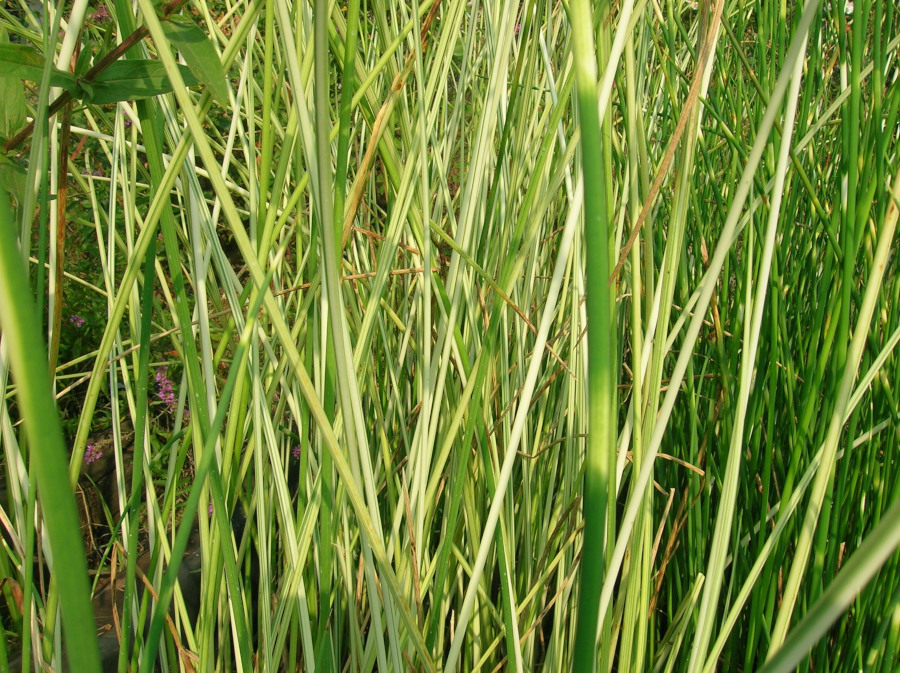
Scirpus albescens
A species native to Europe, Asia and central-north America. It has 2 meter long white stems with green vertical streaks which, after the first year, turn white. It is also suitable for growing in pots in sunny or partially shaded places. It propagates easily, every year, by division of the tufts. It has a slender and elegant bearing.

Uses
The leaves and stems of Scirpo plants were used in many European countries for weaving work. to straw chairs and to make baskets, mats. Some species of Scirpus are used to combat soil erosion and as phyto-purifiers for water. Furthermore, the dried rhizomes are used in the herbal field for their diuretic properties and to prepare poultices against sunburn.

Language of flowers and plants
The plant of Scirpus, like the rush, symbolizes docility.
Curiosity
The scientific name of the genus Scirpus comes from the Latin ‘scirpere’ (to intertwine,). Scirpus are aquatic plants very similar to rushes.

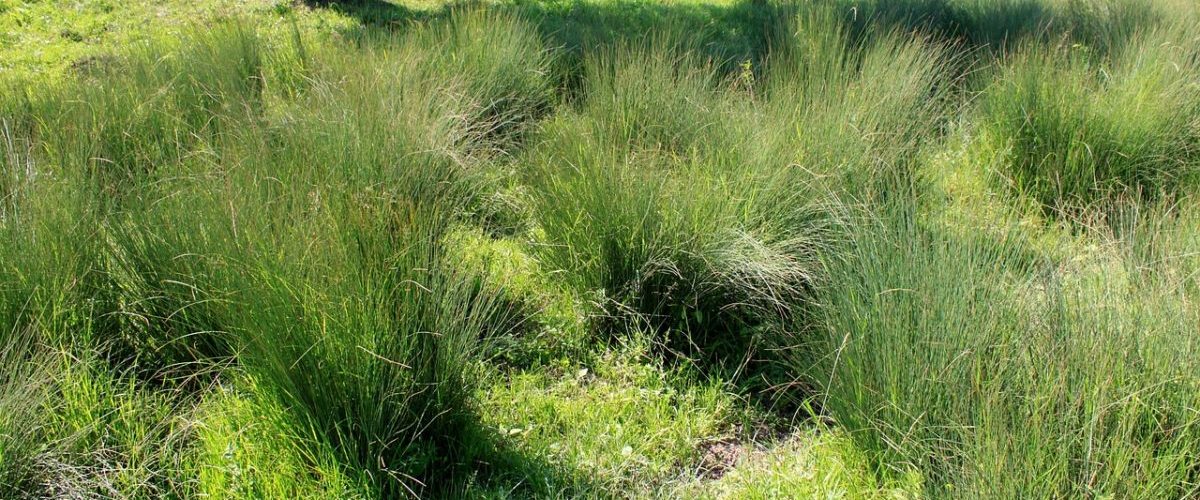

Add comment